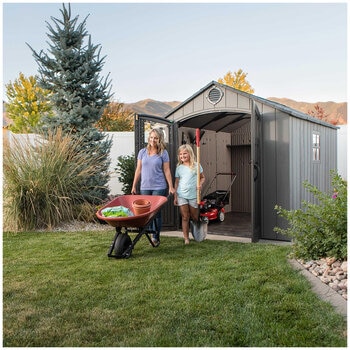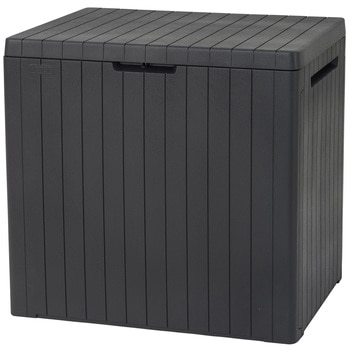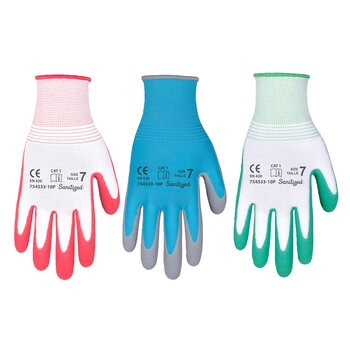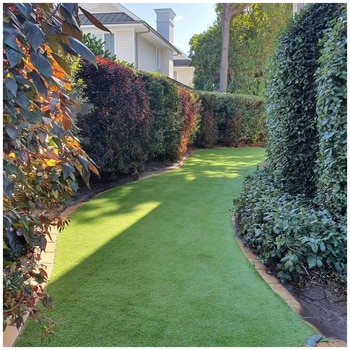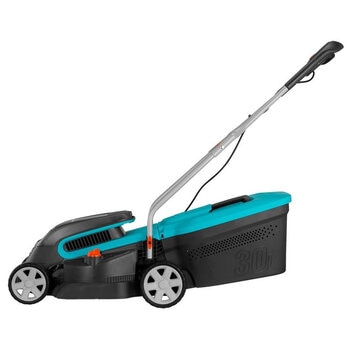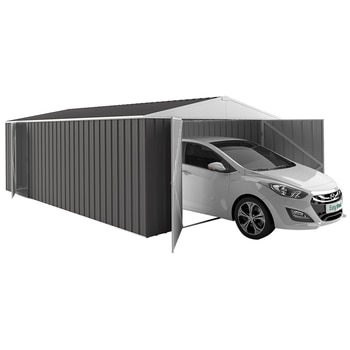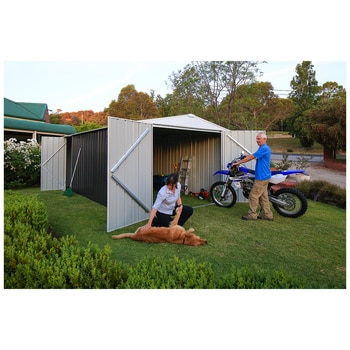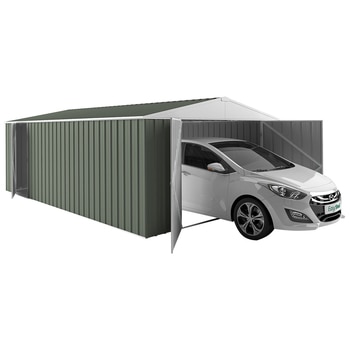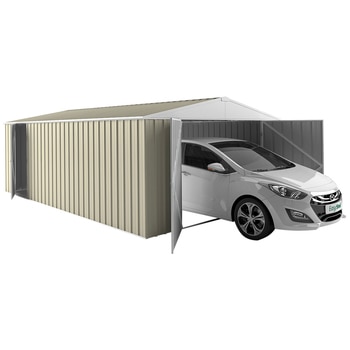Now’s the time to cut back your plants and prepare them for a flourishing spring.
The leaves might be dropping and many plants may be dormant, but autumn and winter are far from rest time for keen home gardeners. In fact, the cooler months offer a wonderful opportunity to get everything ready to take advantage of the spring sunshine and rain.
Time to trim
As you move from autumn into winter, start trimming back your summer-flowering plants. “Cut back your dahlias, bulbs and bushes that need pruning,” says Mark Higgins, gardener at Beechmont Garden Retreat. “[Remove] all the dying foliage to clean the garden up. This will give you a better idea on how to plan for planting new trees and bushes.”
Start planting
Winter can be a wonderful time to plant bushes, roses and fruit trees. “Once you clean up after summer, you can start organising anything you want flowering in spring, such as spring-flowering bulbs,” Mark says. “Winter is the time to plant fruit trees and roses as well.”
The beauty of winter planting is that dormant plants can better handle the stress of the transplanting. “You can buy bare-rooted plants [which are cheaper] and trim them back to make them smaller [so they] can put their energy into a new root system,” Mark says.
It can also be a great time for transplanting things around your garden if you want to shake up your garden design. “In summer, plants have sap flow and need moisture, so if you dig it up and damage its root system, it stresses the plant out,” Mark says. “Whereas in winter, when it’s dormant, there’s no sap flow and ‘food’ is stored in the wood and the cambium [plant tissue] so you can dig it up, damage the roots, prune the top and it won’t lose any vigour.”
Mulch and feed
Once you’ve planted your next crop, Mark says you’ll want to feed and mulch to give the plants their best chance at success. “It’s a good time to open up the soil and turn your garden beds over,” he explains.
Slow-release fertilisers are wasted in winter as they’ll likely just wash away, so leave those until spring and use the cold weather to mix through organics. “You want to think about using manure in winter … if you are growing vegetables,” Mark says. “By the time you get to spring and start planting your vegetables, that manure has broken down and is accessible to the plants you put in.”
Then spread some mulch over the top. “Mulch will hold the moisture in the ground,” Mark says. “It will get nice and wet and settled in.”
Study your seasons
Our gardens are incredibly communicative, so Mark suggests watching your green spaces closely throughout the year to see what hints they give. “In winter, you might notice where water builds up and you get puddles, which gives you an idea of where you need to put drainage in,” he says. “Or you might realise you need to be mindful of which plants you plant in certain spots for example, if they don’t like a boggy area or need more sun.”
You can also take advantage of the cooler temperatures to knock over some landscaping jobs, such as edging, sprinkler systems and decorative aspects, although Mark warns that if you need to dig, you might be making harder work for yourself. “It can be really messy and hard work if the ground is wet,” Mark points out. “But if you can put up with the mess, you can landscape at any time of the year.”
Bring the bees
Bees are powerful pollinators that help more than 75 per cent of the world’s flowering plants reproduce, so without them, our gardens and forests would look very bare. You can attract these buzzy little buddies into your yard by planting pollen and nectar-producing plants, which are generally ones with yellow and blue flowers. “You’ve got to make sure you have something flowering all year around,” Mark says. “That means your bees have a food source all year around, and if you’ve got fruit trees, you’ll get maximum pollination.”
Originally published in The Costco Connection, May/Jun 2021. Pick up the latest copy at your local warehouse or read it online.

